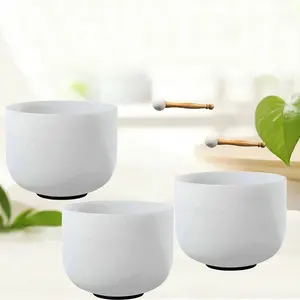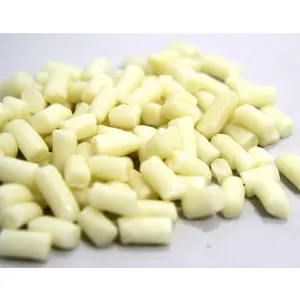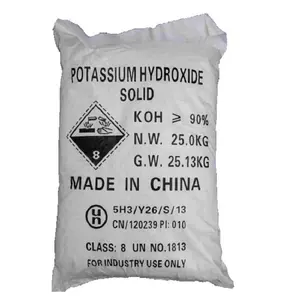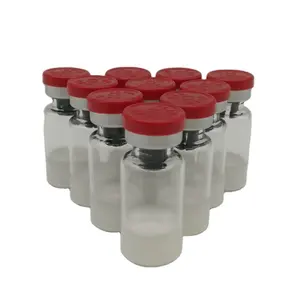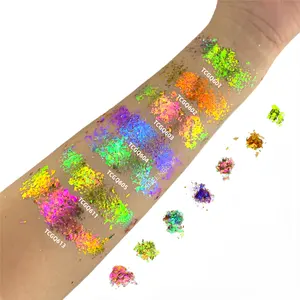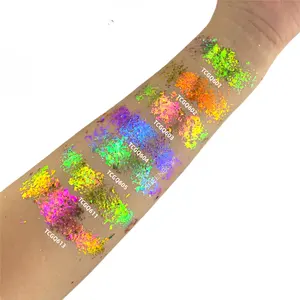Popular in your industry













































































Related Searches:





































































































































































Top categories
About poly gamma glutamic acid
Discovering Poly Gamma Glutamic Acid
Poly gamma glutamic acid (PGA) is a naturally occurring biopolymer that has garnered attention for its versatility in various industries. This amino acid polymer is not just a single entity but comes in various forms, including poly gamma glutamate, which is valued for its unique properties and applications.
Types and Composition
The composition of poly gamma glutamic acid is fascinating, as it consists of glutamic acid monomers linked by amide bonds between gamma carboxyl and amine groups. This structure is what gives PGA its water-soluble nature and ability to form hydrogels, which are crucial in its diverse applications. The different types of PGA, such as poly gamma glutamate, vary in molecular weight, which in turn affects their solubility and viscosity.
Applications in Various Industries
The applications of poly gamma glutamic acid are extensive. In agriculture, it is used as a plant growth enhancer due to its hygroscopic properties. In the medical field, PGA's biodegradability and non-toxicity make it an excellent carrier for drug delivery. The cosmetic industry values poly gamma glutamate for its skin-moisturizing properties, while in the food industry, it serves as a texture enhancer and preservative, improving the appeal and shelf-life of products.
Features and Advantages
One of the most notable features of poly gamma glutamic acid is its biodegradability, making it an environmentally friendly alternative to synthetic polymers. Its water retention capacity is unparalleled, which is beneficial in products requiring hydration. Additionally, poly gamma glutamate is edible and non-toxic, offering a safe additive option for food applications. Its versatility extends to its use as a thickener, coagulant, and cryoprotectant, showcasing its multifunctional nature.
Material Insights
The material source of poly gamma glutamic acid is another aspect that makes it stand out. It is derived through microbial fermentation, which ensures a sustainable production process. The raw materials used in the fermentation process are often agricultural by-products, which contributes to the circular economy and reduces waste.
Choosing the Right PGA Product
Selecting the appropriate poly gamma glutamic acid product requires careful consideration of its molecular weight and purity, which can significantly impact its functionality in the intended application. While exploring options, it is crucial to consider the specific needs of the end product, whether it is for enhancing food texture or for use in biodegradable packaging solutions.
